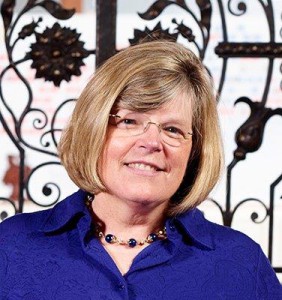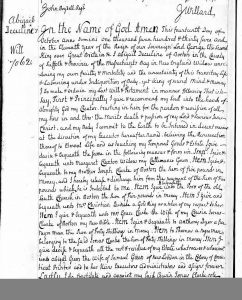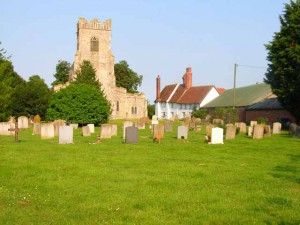 I have been diddling with the sketch for Samuel Green of Boston for over a year and I’m still confused. Samuel2 Green, son of Bartholomew1 Green, was of the famous family of printers who operated the only printing press in the English colonies until 1665, and over Samuel’s fifty-year career his press printed 190 imprints, including the John Eliot “Indian” Bible. Samuel became the progenitor of a dynasty of printers that lasted 190 years and six generations. One would think the records for this family would be plentiful and accurate, right?
I have been diddling with the sketch for Samuel Green of Boston for over a year and I’m still confused. Samuel2 Green, son of Bartholomew1 Green, was of the famous family of printers who operated the only printing press in the English colonies until 1665, and over Samuel’s fifty-year career his press printed 190 imprints, including the John Eliot “Indian” Bible. Samuel became the progenitor of a dynasty of printers that lasted 190 years and six generations. One would think the records for this family would be plentiful and accurate, right?
Not so much. Continue reading Turning green


